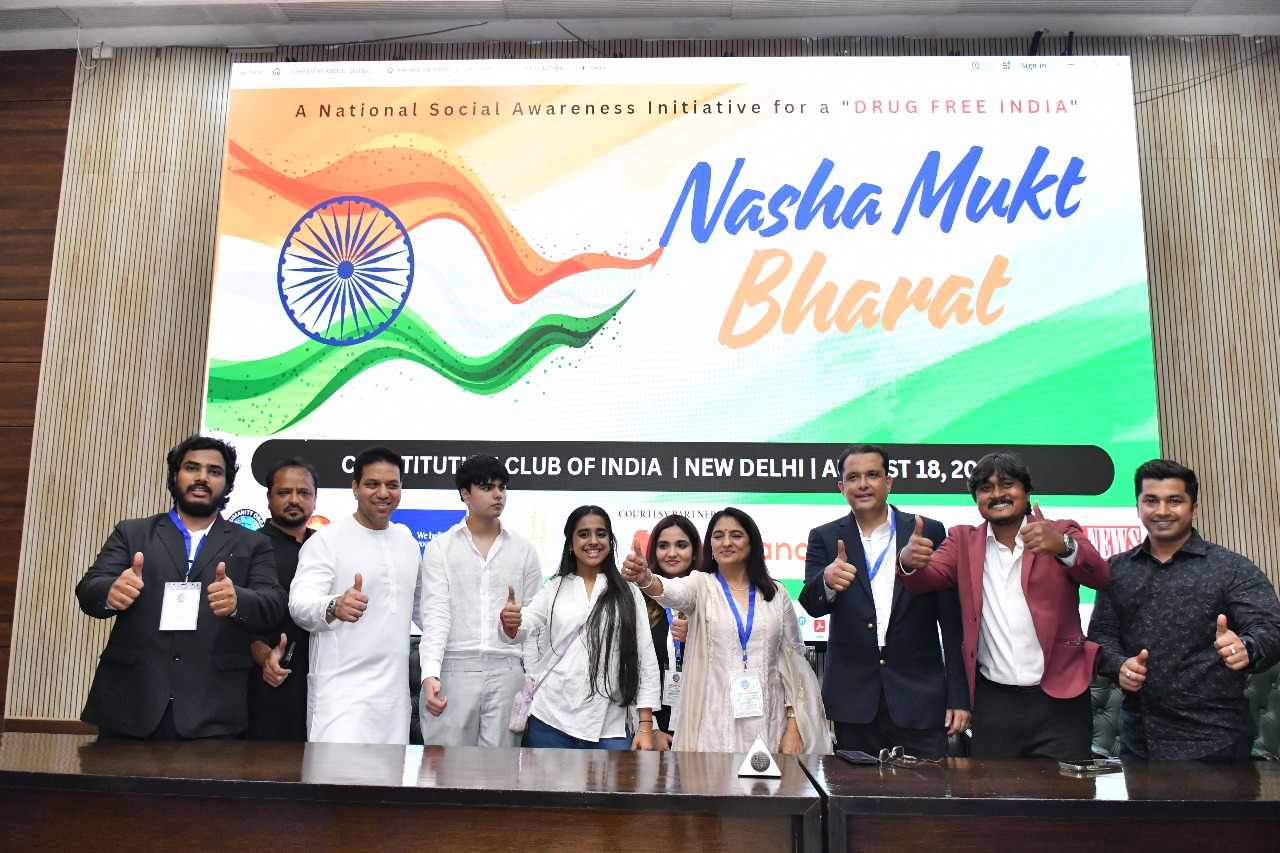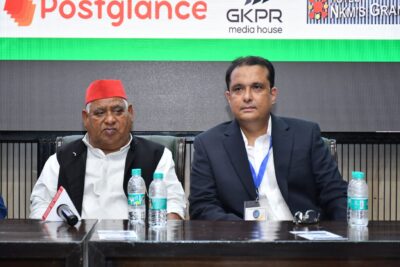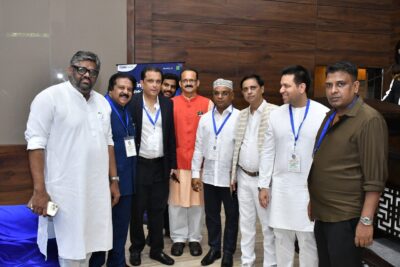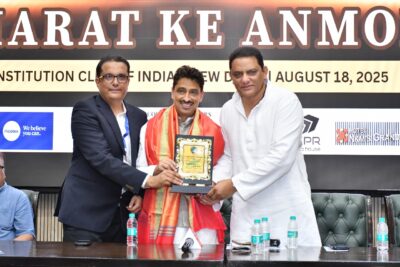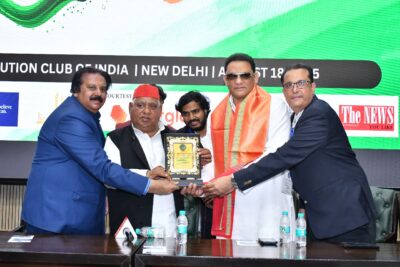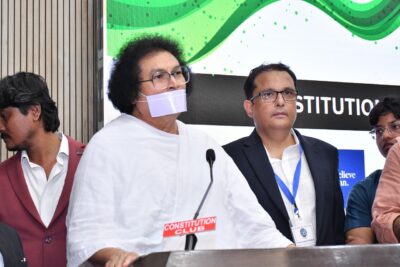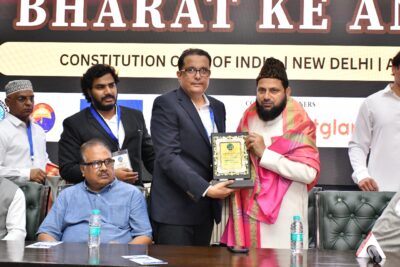Introduction
India is facing one of the biggest drug crises in its history. According to the UN World Drug Report 2025, more than 316 million people worldwide use drugs, and India is among the worst affected countries. Over the last 8 years, there has been a 70% increase in narcotic consumption among Indian youth, putting an entire generation at risk. This blog highlights the latest facts, why youth are most vulnerable, and what parents can do to protect their children.
The Hard Facts About India’s Drug Crisis
The numbers are alarming:
- 16 crore Indians are alcohol users (ages 10–75)
- 3.1 crore individuals use cannabis regularly
- 2.06% of the population is dependent on opioids
- 20.4 tons of methamphetamine seized in South Asia in 2022
- Telangana alone reported a massive increase in synthetic drug seizures
Globally, cocaine use has hit record highs with 25 million users, while deadly substances like fentanyl and nitazenes are entering illegal markets and are hundreds of times more potent than heroin.
Why Youth Are Most at Risk
Young people are the most affected group because of:
- Peer Pressure: College parties and online challenges glamorize substance use
- Easy Access: Social media & dark web sales have made drugs more available
- Mental Health Struggles: Anxiety, depression, and stress push youth to experiment
- Lack of Awareness: Many don’t know how addictive or dangerous synthetic drugs are
Warning Signs Parents Should Watch For
- Sudden mood swings and irritability
- Decline in academic performance
- Secretive behavior, avoiding family conversations
- Frequent requests for money or unexplained expenses
Early detection can save lives.
Steps Parents Can Take Today
- Talk Openly: Have honest, judgment-free conversations about drug dangers
- Educate with Facts: Use verified data from UNODC & AIIMS
- Monitor Social Circles: Be aware of friends and online communities
- Seek Professional Help: If you suspect drug use, call the 14446 national helpline
How Wake Up Humanity Can Help
Wake Up Humanity runs school and college awareness programs, provides rehabilitation support, and works with law enforcement agencies to disrupt drug networks.
Conclusion
India’s youth are at a crossroads. Parents, schools, and communities must work together to stop the rising tide of drug abuse. Start the conversation today, share this blog with other parents, and call 14446 if you need immediate assistance. Together, we can protect our children and build a drug-free future.

